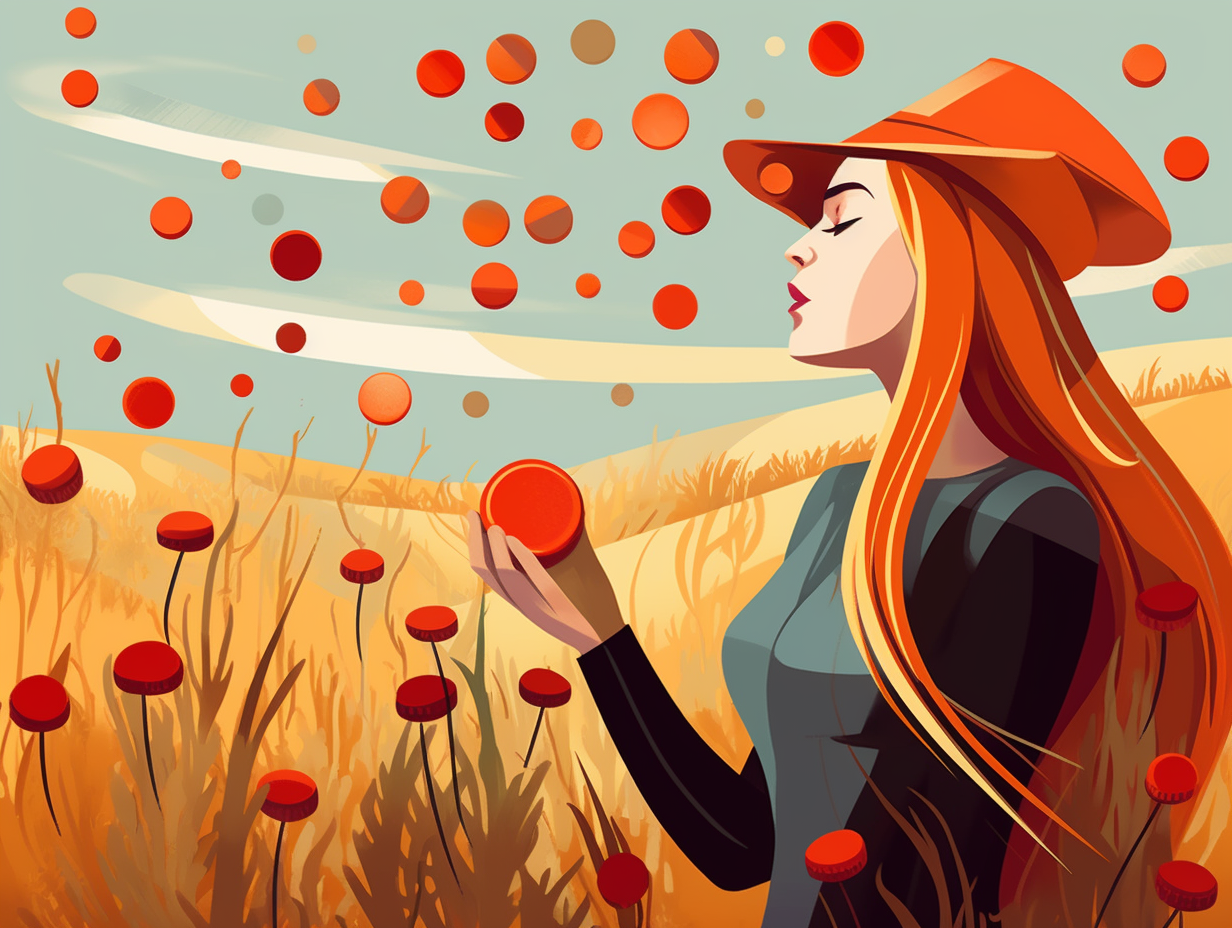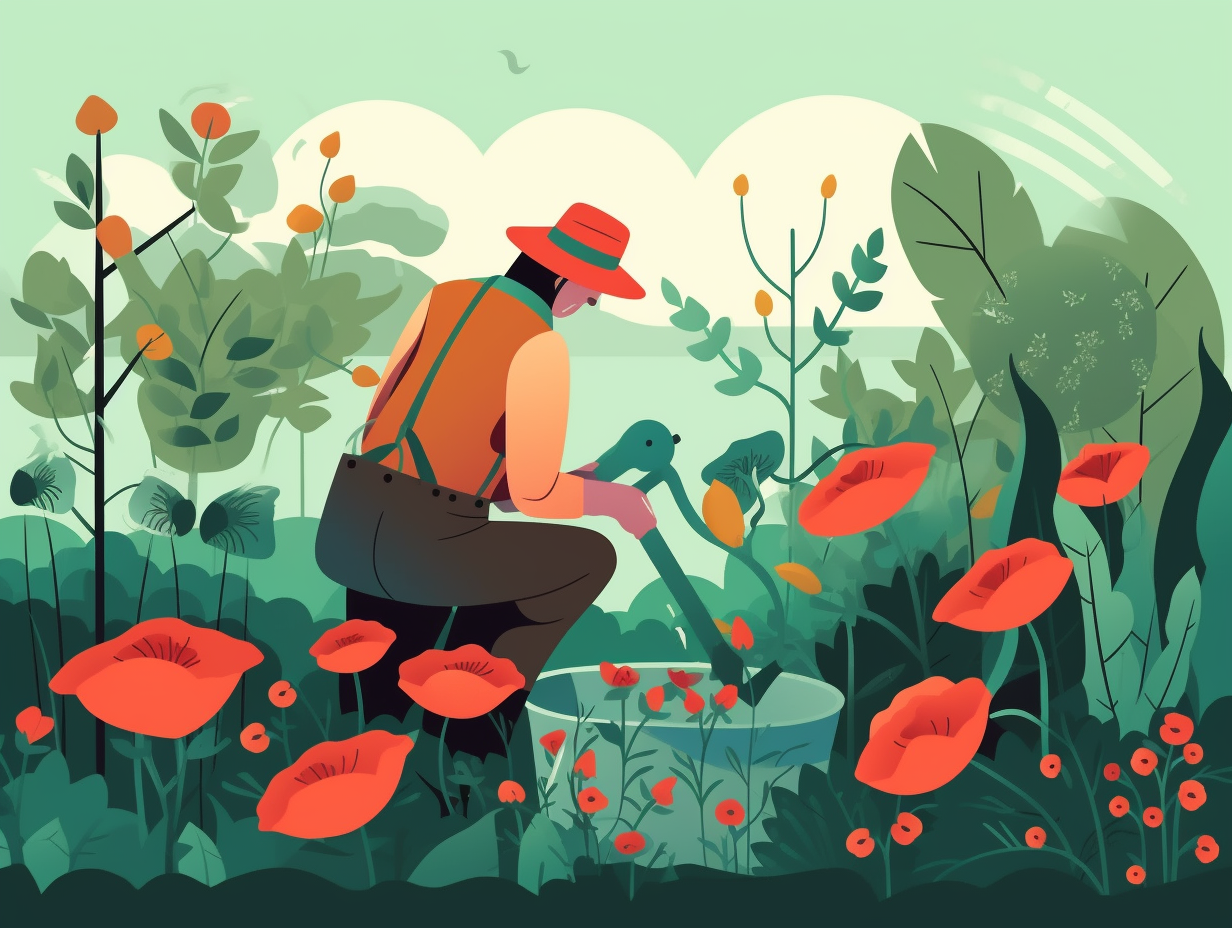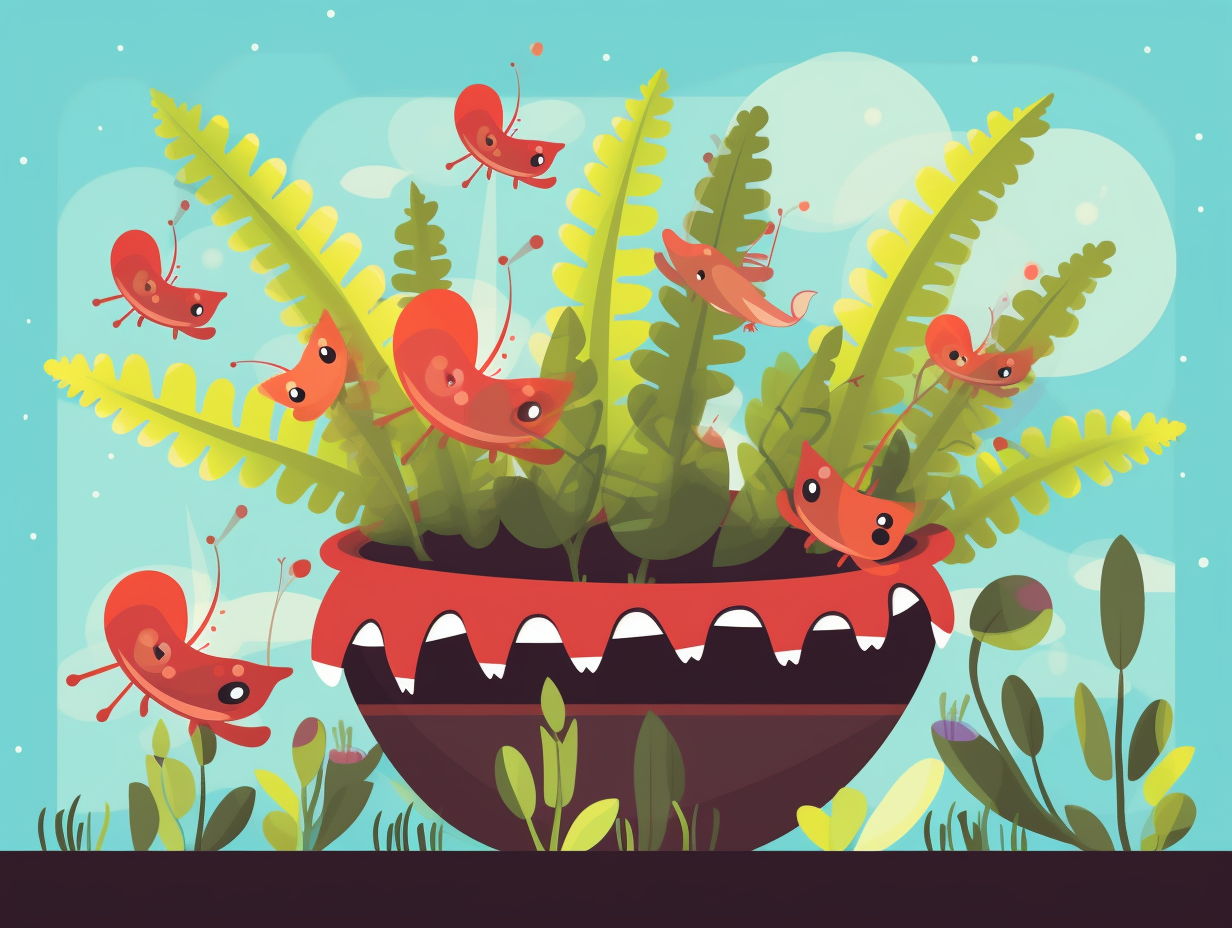Discover the Wonder of Acorns: 12 Surprising and Fun Facts You Never Knew!

1. Medieval Pigs' Acorn Feast
Back in medieval times, pigs were the original "acorn-ivores", gorging themselves on nature's tiny oak treasures like a bunch of gluttonous knights at a grand feast: Pigs played a crucial role in the English farming cycle as they feasted on acorns and mast, providing them essential nourishment and helping to fatten them up for winter meals, all without the risk of poisoning suffered by cattle and humans. This practice, called pannage, sustained the farming economy and occasionally, people would even turn acorns into coarse bread during times of famine!
Source => metmuseum.org
2. The Oak Tree Heist Movie
In a mysterious operation worthy of a woodland heist movie, oak trees pull off a synchronized seed drop extravaganza known as a "mast year": During this phenomenon, various species of oak trees drop copious amounts of acorns, providing a vital food source for squirrels, deer, and pigs. Not to be left out, humans have begun to embrace acorn harvesting as well, thanks to their iron, protein, healthy fats, and antioxidant content, though it can be quite the laborious and time-consuming process!
Source => sanantonioreport.org

Did you know that oak trees are the ultimate party hosts of the forest, providing homes and food to countless species? But these essential extroverts are at risk! Find out more about their incredible gatherings and how we can help protect them. 🌳🎉
=> Fun Facts about Oak-Trees
3. Oak Trees' Global Love Story
In a true ode to tree-mendous love stories, spanning millions of years and continents alike, oaks acquiesced quietly to sow their acorny greatness across the globe: Oaks, with around 435 diverse species, can be found on five continents and have been evolving for 56 million years, becoming ecologically and economically vital woody plants that shape not just forests, but also our very own human culture.
Source => scientificamerican.com
4. Middle-Aged Squirrel Success
Like a middle-aged squirrel finally making it big in the nut-collecting game: oak trees start producing acorns when they're 20 years old, but don't reach their full acorn-producing potential until they hit the ripe age of 50. Imagine being 100 years old and boasting a seasonal harvest of 2,200 acorns, while knowing only one in a whopping 10,000 will ever have the chance to sprout into a mighty oak tree themselves – talk about pining for greatness!
Source => eattheweeds.com
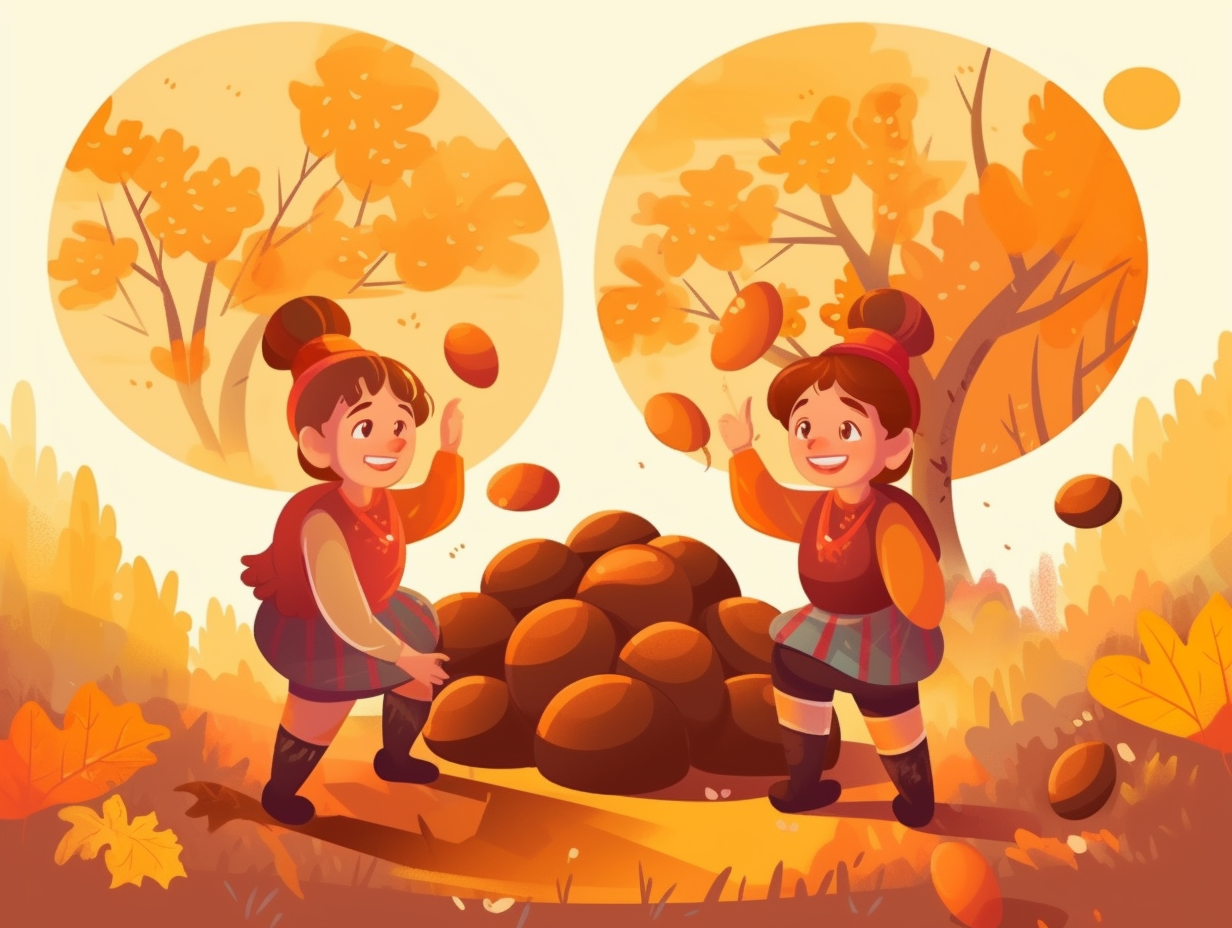
5. Acorns' Cryogenic Chamber
Acorns: Nature's cryogenic chamber for baby oaks! Did you know: these mighty-mini seeds embrace the chilly vibes and require a cold period to germinate, meaning they need a proper winter chill before sprouting into the majestic oak trees we adore.
Source => gardening.org
6. Sneaky Oak Trees vs. Furry Foes
In an "acorn-cophony" of nutty proportions, oak trees orchestrate a sneaky plan to outwit their furry foes: They produce a whopping abundance of acorns every 2-5 years, called "mast years," overwhelming chipmunks, squirrels, and other acorn-craving critters, ensuring that some of these nutritious nuggets escape their clutches and get to grow into mighty oak trees.
Source => simplyoakusa.com
7. Oak Trees' Pollination Party
Oak trees may not be experts at playing "kissy-face" with themselves, but they sure know how to mingle at the "branch and root ball": Oak trees predominantly outcross, relying on another individual of the same species for successful pollination and acorn production due to self-incompatibility, but a recent study found 3.5% of self-pollination can actually result in viable acorns.
Source => internationaloaksociety.org
8. Chilling with the Toxic Black Walnut
Well, well, well, if it isn't the mighty Northern Red Oak, chilling like a walnut-detox champ in the neighborhood of the rather toxic black walnut tree: You see, unlike most plant species, the Northern Red Oak can actually grow in close proximity to the black walnut tree because it's tolerant of the harmful chemicals that the black walnut secretes.
Source => plantsnap.com
9. Acorns: The Forgotten Superfood
Move over, Kale: the forgotten superfood of ancient societies is making a nutritious comeback: Acorns, a traditional staple for Native communities in the Southwest, are being reintroduced as a sustainable and versatile food source with organizations like the Chia Cafe Collective championing their cause. Used in bread, soups, and tortillas, these nutty morsels offer a plethora of health benefits, such as a low glycemic index suitable for those with diabetes.
Source => nhm.org
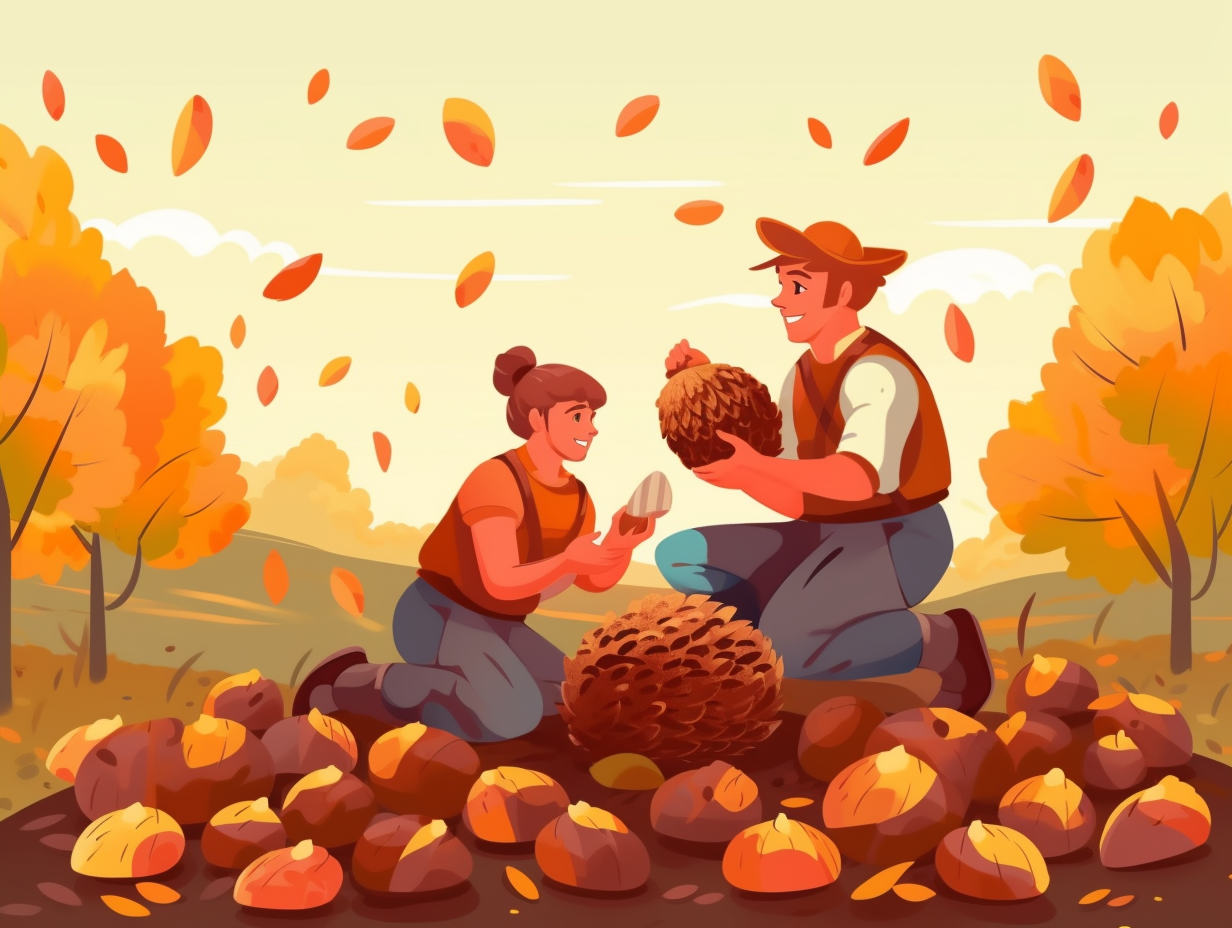
10. Squirrels: Accidental Forest Gumps
You might consider gray squirrels the Forrest Gump of the animal kingdom, with their motto being, "Life is like a box of acorns – you never know which one you'll forget": Turns out, in a good acorn year, these bushy-tailed critters fail to recover up to 75 percent of the acorns they bury, making them accidental gardeners helping in the regeneration and dispersal of oak trees along with their jaybird friends.
Source => ithacajournal.com
11. Lithuania's Acorn Coffee Craze
Move over Starbucks, Lithuania's got a nutty surprise brewing: Acorn coffee, a traditional caffeine-free beverage made by soaking, sautéeing, and grinding shelled acorns combined with hot water and milk, has been enjoyed by generations of Lithuanians alongside other coffee alternatives like burdock root, dandelion root, and hawthorn seed coffee.
Source => atlasobscura.com
12. Squirrels: Nut Stashers Extraordinaire
Meet the ultimate nut stashers, the scatter-brained squirrels: Gray squirrels master the art of "scatter hoarding," hiding acorns far and wide in their territory and boasting a 95% retrieval rate, thanks to their precise spatial memory. Their nutty habits not only see them through the winter but also give oak trees a helping hand, as unclaimed acorns get to live their oak-growing dreams.
Source => ourherald.com
Related Fun Facts




